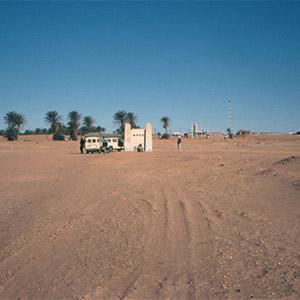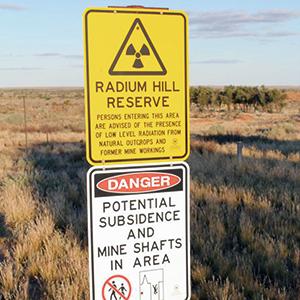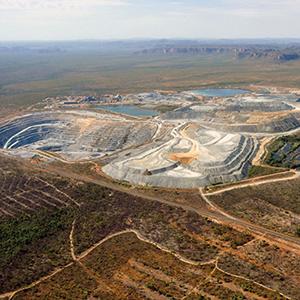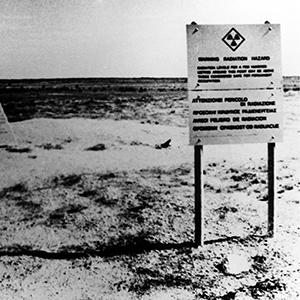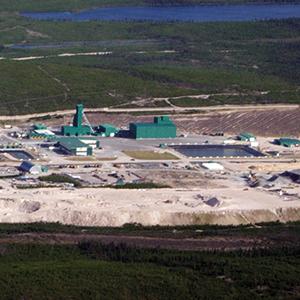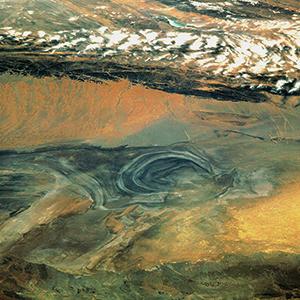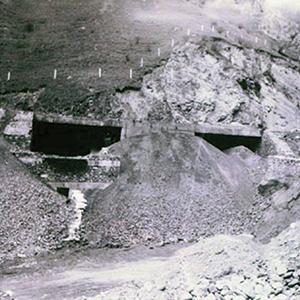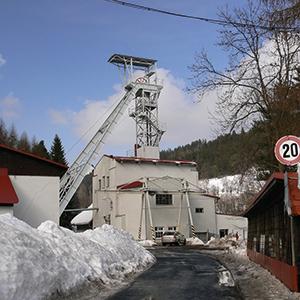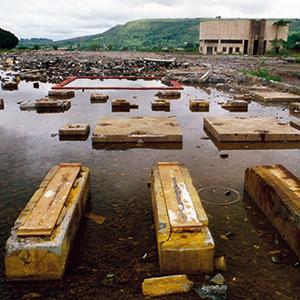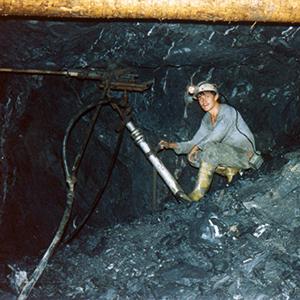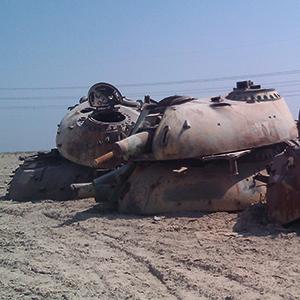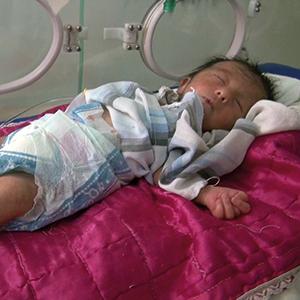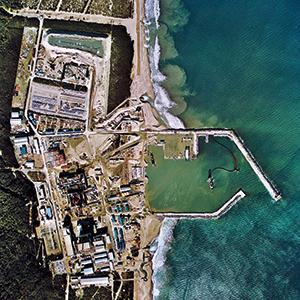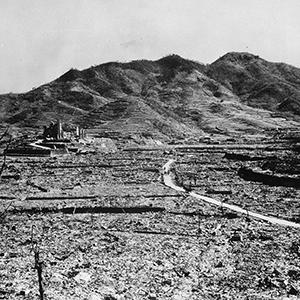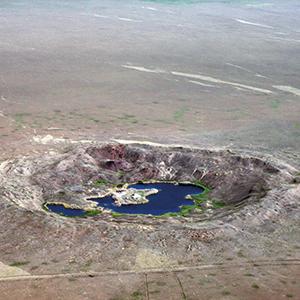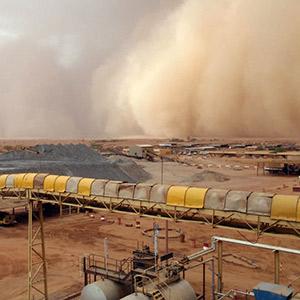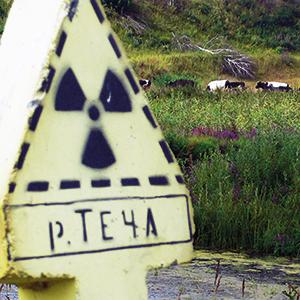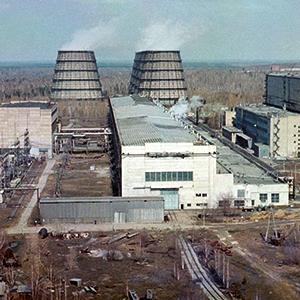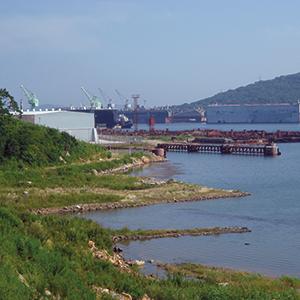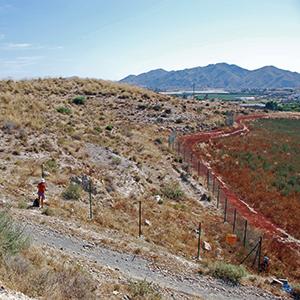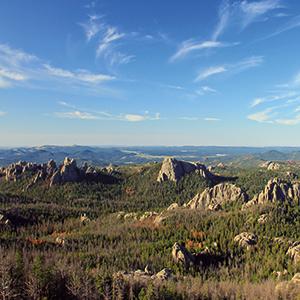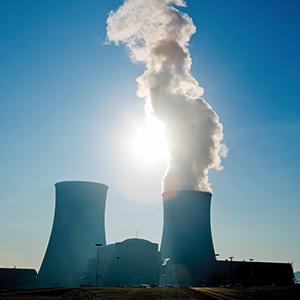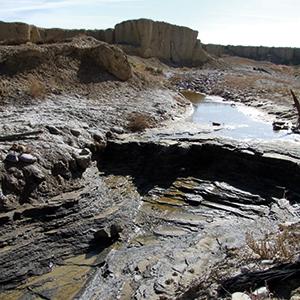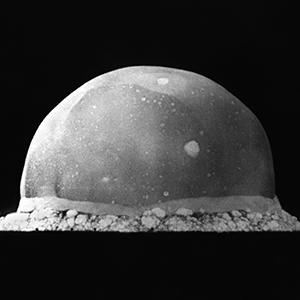Spokane Reservation, United States
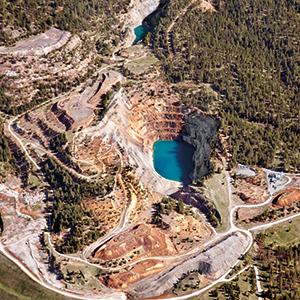
Over several decades, the Spokane Reservation was contaminated by open-pit uranium mining and its inhabitants exposed to increased levels of radioactivity. As on other Native American lands, no proper studies were conducted to assess the health effects on the local population.
Photo: Midnite Mine, the only open-pit uranium mine in the northwestern United States, produced fissile material for the U.S. nuclear weapons program. A clean-up plan was not drafted until 30 years after the mine was decommissioned. © Jed Conklin
History
The Spokane Indian Reservation, about 640 km² in size, was created in 1881 for the local Native American population, who call themselves Spokane – the “Children of the Sun.” In 1954, two locals discovered uranium on the reservation. It was the time of the great “uranium fever,” and the U.S. Atomic Energy Commission was offering lucrative contracts in order to jump-start the uranium industry in the country. The U.S. nuclear weapons program was in desperate need of fissile material and people all over the country were looking for prospective uranium deposits. In 1955, the LeBret brothers opened the Midnite uranium mine with help from the Newmont Mining Corporation. The uranium business offered jobs and wealth, but brought with it a haunting legacy: after Midnite Mine was closed in 1981, 33 million tons of radioactive waste had accumulated in the reservation. In 1978, a second mine was opened in Spokane. Sherwood produced about 2.9 million tons of tailings and more than 267,000 m³ of radioactive waste until it was decommissioned in 1984.
Health and environmental effects
Like other uranium mining projects on Native American land in the U.S. and Canada, the open-pit mines in Spokane had enormous effects on the lives and health of local residents. According to the Native American Sovereignty, Health, Air, Water and Land Society (SHAWL), mine sludge was transported in uncovered trucks through the reservation on the way to the mill and frequent spills resulted in a total of 40 hot spots along the highway.
Contamination of groundwater and soil with radioactive isotopes such as radium-226, radon-222, lead-210 and uranium poses severe health threats to the Spokane people. Contaminated water continues to drain into Blue Creek and Spokane River and eventually feeds into Lake Roosevelt. Sediment, plant and water samples have all been shown to contain high levels of radioactivity. Like other indigenous populations, the Spokane people’s subsistence lifestyle and their cultural practices, such as hunting, fishing, gathering roots and berries, logging and the use of medicinal plants, predispose them to an increased exposure to radioactivity.
Workers in the mine and mill handled uranium ore and yellowcake powder daily, mostly without proper protective gear. They brought home ore samples or dust on their clothing, so that their families also breathed in radioactive dust and were exposed through contaminated food and drink. Residents and mine workers complained about not being informed of the risks of radioactivity.
According to SHAWL and local physicians, the rate of cancer, autoimmune diseases, renal failure and stillbirths in Spokane is higher than the national average. Despite all the evidence of exposure to radioactive and heavy metal toxins, no baseline health studies have ever been undertaken in Spokane and no dose estimates exist which could help in assessing health effects.
Outlook
A clean-up plan, estimated to cost 193 million USD, was finally agreed upon in 2011 – 30 years after the Midnite Mine was closed. In the meantime, the local population has been continually exposed to radioactivity and no proper epidemiological studies have been conducted. The full impact of uranium mining on the environment and public health may never be known. The people of Spokane are also Hibakusha, because their health was sacrificed for cheap uranium for power plants and nuclear warheads.
Further reading
- An informative article called “Radioactivity on the Spokane Reservation” was published in the newspaper “The Spokeman” on June 5th, 2011: www.spokesman.com/picture-stories/radioactivity-spokane-reservation.
- SHAWL’s website (shawlsociety.blogspot.de) also offers a wide array of articles and background information about the situation in Spokane, such as the video “The Midnite Uranium Mine”: www.youtube.com/watch?v=59TR_NXyZY0
References
- “Spokane Tribe of Indians – Children of the Sun.” Website of the Spokane Tribe. www.spokanetribe.com
- “Public Health Assessment for Midnite Mine Site.” Agency for Toxic Substances and Disease Registry (ATSDR), May 19, 2010. www.atsdr.cdc.gov/HAC/pha/MidniteMineSiteFinal/MM-FinalReleasePHAFINAL05172010ATSDRwebsite.pdf
- “Fact Sheet: Sherwood, Washington Disposal Site.” U.S. Department of Energy Legacy Management, December 15, 2011. www.lm.doe.gov/WorkArea/linkit.aspx?LinkIdentifi er=id&ItemID=1226
- “Midnite Mine Human Health Risk Assessment Report.” U.S. Environmental Protection Agency (EPA), September 2005. www.epa.gov/region10/pdf/sites/midnite_mine/human_health_risk_assessment_sept2005.pdf
- Kramer B. “Chico Corral blames uranium industry for failing health.” The Spokesman Review, June 6, 2011. www.spokesman.com/stories/2011/jun/06/these-guys-will-be-gone/
- Geranios NK. “Progress made toward cleaning up uranium mine.” Seattle Times – November 6, 2011. www.heraldnet.com/article/20111106/NEWS03/711069882
- Harper et al. “The Spokane Tribe’s Multipathway Subsistence Exposure Scenario and Screening Level RME.” Risk Analysis 22(3):513-526. www.ncbi.nlm.nih.gov/pubmed/12088230
- “Midnite Mine: Community Needs versus Cleanup Plan.” Website of the Southwest Research and Information Center. www.sric.org/voices/2006/v7n1/midnite_mine.php







